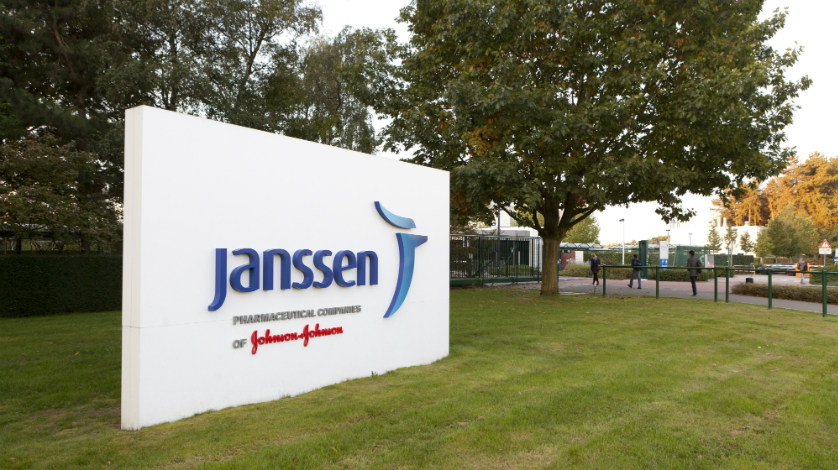Janssen trials ultrasound-guided approach to treating Crohn's

In the highly competitive market for inflammatory diseases such as Crohn's, pharma companies are looking for ways to maximise benefits of already approved drugs, as well as developing new ones.
Johnson & Johnson’s Janssen unit is taking this approach with its well-established Stelara (ustekinumab), which is fighting it out against the likes of UCB’s Cimzia (certolizumab pegol) and Takeda’s Entyvio (vedolizumab).
While it waits for trial results to see if its newer anti-inflammatory drug Tremfya works in Crohn’s, Janssen is also trying to see if using ultrasound monitoring can improve outcomes with Stelara.
The formulation tested in the phase 3b STARDUST trial is also new, with patients receiving an intravenous (IV) induction dose of around 6mg/kg followed by a 90mg subcutaneous (SC) injection at week eight.
The trial involved a “treat-to-target” strategy, where outcomes such as endoscopic response, biomarkers and clinical symptoms guide use of the medication.
“Treat-to-target” is different from the standard treatment approach, where dosing is decided by characteristics such as a patient’s weight.
At week 16, patients who achieved an at least 70 point decrease in Crohn’s Disease Activity Index score, were randomly selected to receive the “treat to target” strategy or standard care.
For now it’s not fully clear whether the approach has worked as 48 week data is coming out further down the line.
But at week 16, 79% of patients with moderately to severely active Crohn's disease (CD) achieved clinical response and 67% were in clinical remission after receiving the IV dose followed by the SC of Stelara (ustekinumab), open label.
Intestinal ultrasound (IUS) responses were assessed and were detected as early as week four.
Professor Silvio Danese, head of the Inflammatory Bowel Diseases Center at Humanitas Research Hospital, Milan, Italy and principal investigator, said: “Crohn's disease patients may respond to treatment while continuing to experience internal inflammation that can cause irreversible damage.
“These patients may benefit from a more proactive, robust treatment approach and less invasive monitoring methods.
“I am encouraged by these data, that demonstrate the potential clinical utility of the noninvasive IUS method in helping guide treatment of CD and look forward to forthcoming data that may help us better understand the possible benefits of a treat-to-target strategy.”
Week 16 data and IUS response data from STARDUST are being presented as digital oral presentations at the 15th Congress of the European Crohn's and Colitis Organisation (ECCO) this week.











